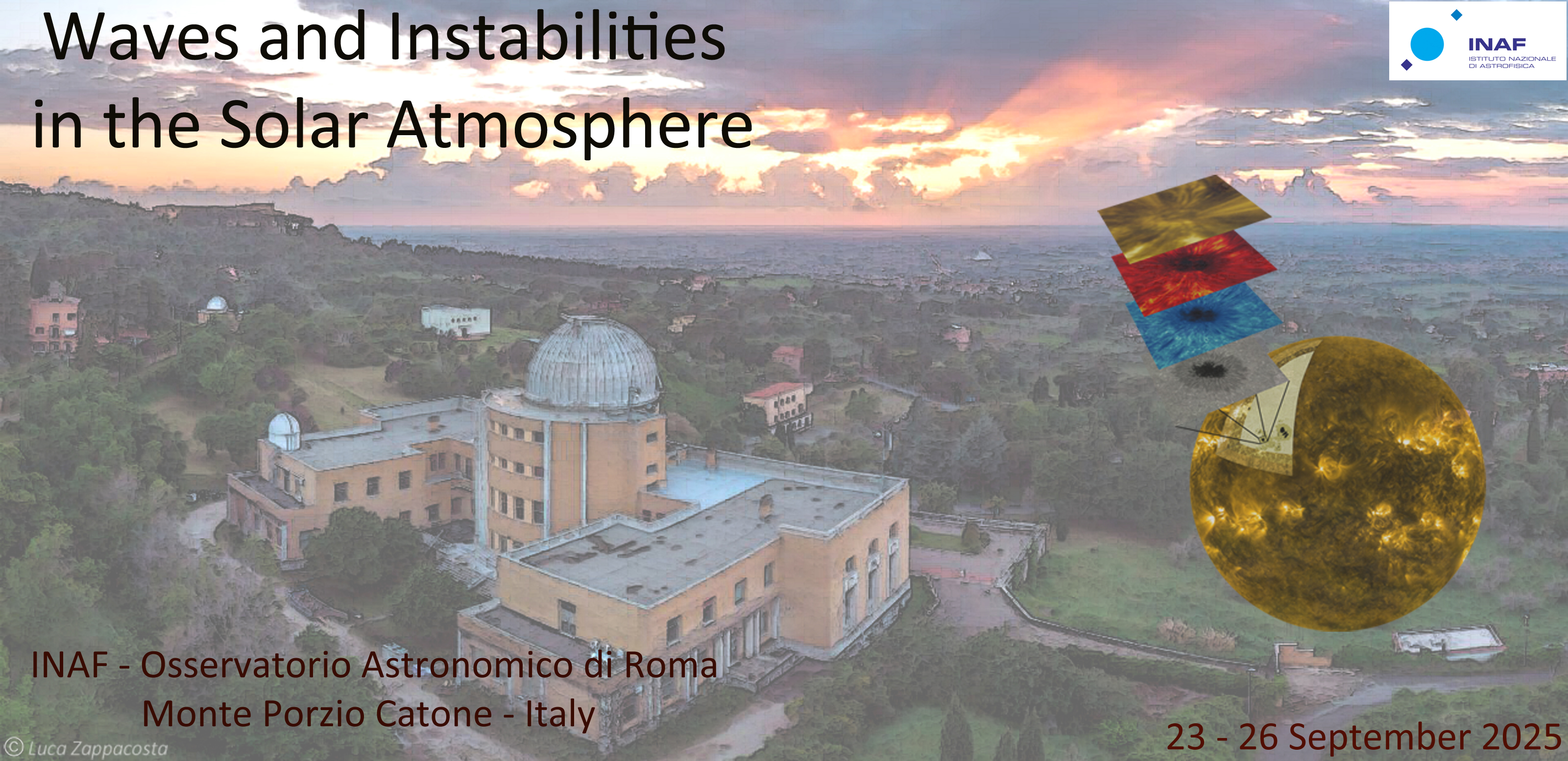Speaker
Description
Propagating slow magnetoacoustic waves, observed as intensity disturbances in coronal extreme ultraviolet (EUV) emission, are powerful tools for magnetohydrodynamic (MHD) seismology. Their dispersive properties, phase speeds, and damping behaviour enable diagnostics of coronal plasma conditions, including magnetic field geometry. Using quasi-stereoscopic data from the Atmospheric Imaging Assembly (AIA) onboard the Solar Dynamics Observatory (SDO) and the High Resolution Imager in EUV (HRIEUV) onboard Solar Orbiter, we investigate how projected propagation speeds can constrain the local direction of magnetic field lines within several feathers of a plasma fan in a coronal active region. This dual-instrument approach allows us to capture the same coronal structures from two vantage points, expanding our 2D projected view into a 3D understanding of slow wave-hosting waveguides. By determining slow wave parameters across neighbouring fan structures, we aim to characterise fine-scale variations in wave properties and relate them to the underlying magnetic topology. This study highlights the potential of combining fine-scale seismology with multi-viewpoint imaging to infer the three-dimensional structure of the solar corona, constraining and validating other magnetic field estimation methods such as potential field extrapolation.
| Sessions | Seismology of solar and stellar atmospheres |
|---|

